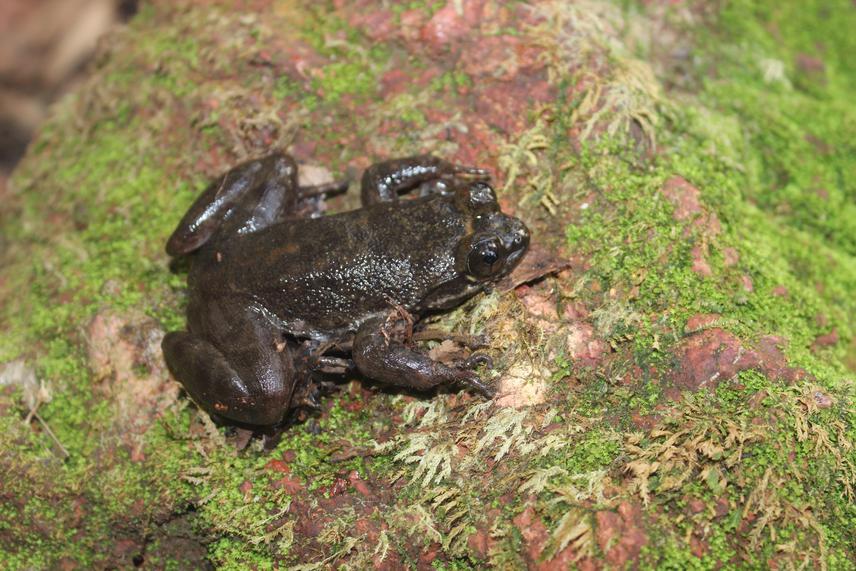Caleb Boateng Ofori
Other projects
7 Jul 2009
Conservation of Two Critically Endangered Frog Species in the Forest Zone of South Western Ghana
9 Feb 2012
Conservation of the Togo Slippery Frog (Conraua derooi) in the Togo-Volta Hills
29 Jan 2014
Community-Driven Conservation of the Critically Endangered Togo Slippery Frog (Conraua derooi) in the Togo-Volta Hills of Ghana
This project aims at protecting one-of-a- kind, frog species (Conraua derooi) in Ghana

Conraua derooi.
The Togo slippery frog exist in two small populations, and these are threatened with extinction from hunting by children and the degradation of its stream habitat. We aim to reduce these threats by implementing two strategies: (1) establish a conservation-oriented after-school program for children, and (2) provide an alternative drinking water for people.
The after-school program will be housed in a newly completed building facility originally intended for use as a visitor centre for ecotourism purposes. After school activities will include playing customized games developed around nature conservation using a computer application, watching conservation documentaries and other field activities on frog identifications etc. School children who use their spare time hunting frogs will be engaged in this exciting after-school program. Student frog hunters will therefore have less time to indulge in frog hunting activities. A significant reduction in frog hunting is expected. In the absence of the direct threat of hunting, the frogs’ population is likely to increase.
Improved community water access will reduce the people’s dependence on the village stream which will eventually reduce the degradation of the frog’s habitat and increase its reproductive success. Because of a reliable community water supply system, human impact on the frogs’ habitat will be significantly reduced. A higher percentage of frog tadpoles will be able to have the optimum conditions to be able to develop into adult frogs. Breeding success of the species will therefore be enhanced and population of adult frogs will begin to increase.